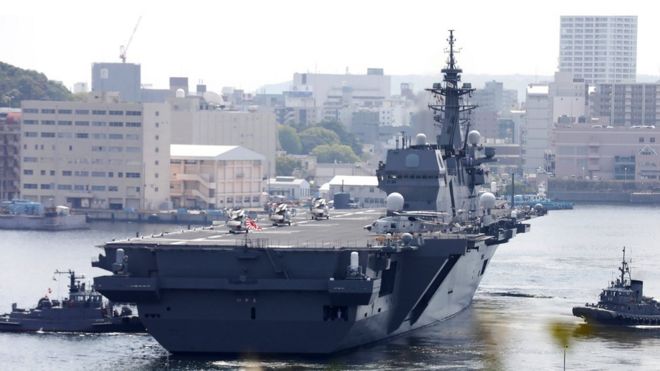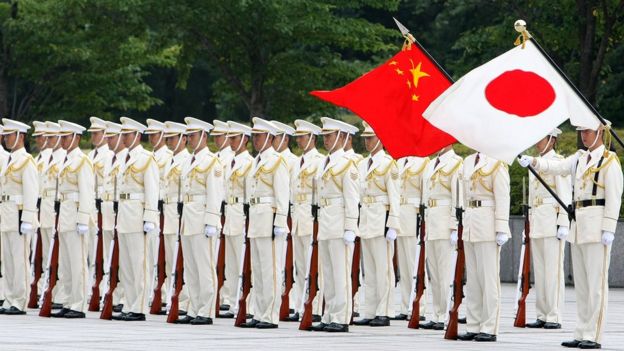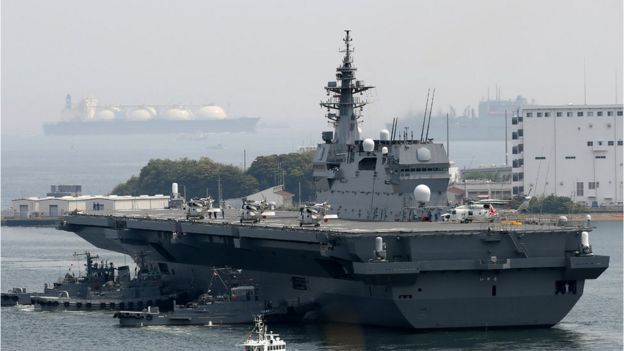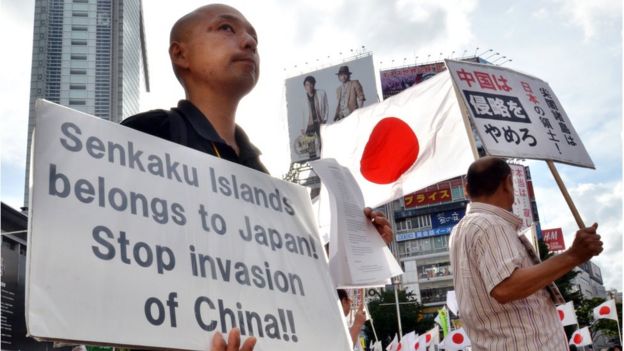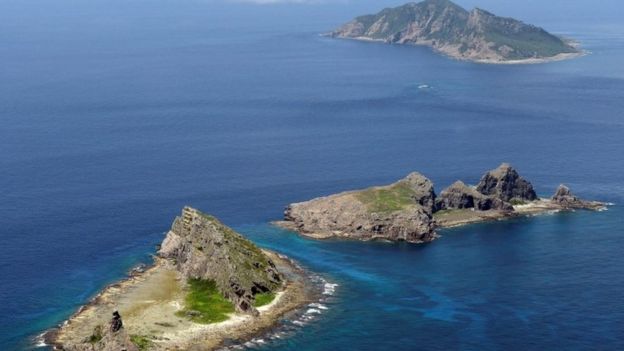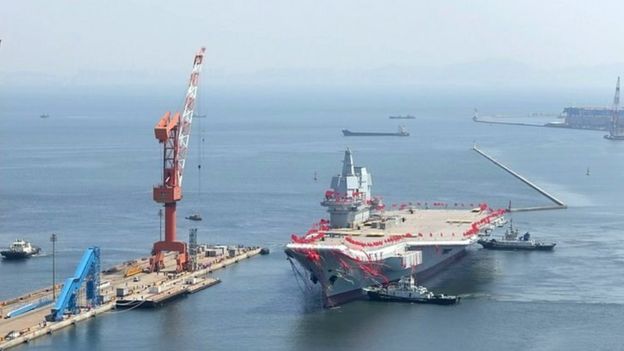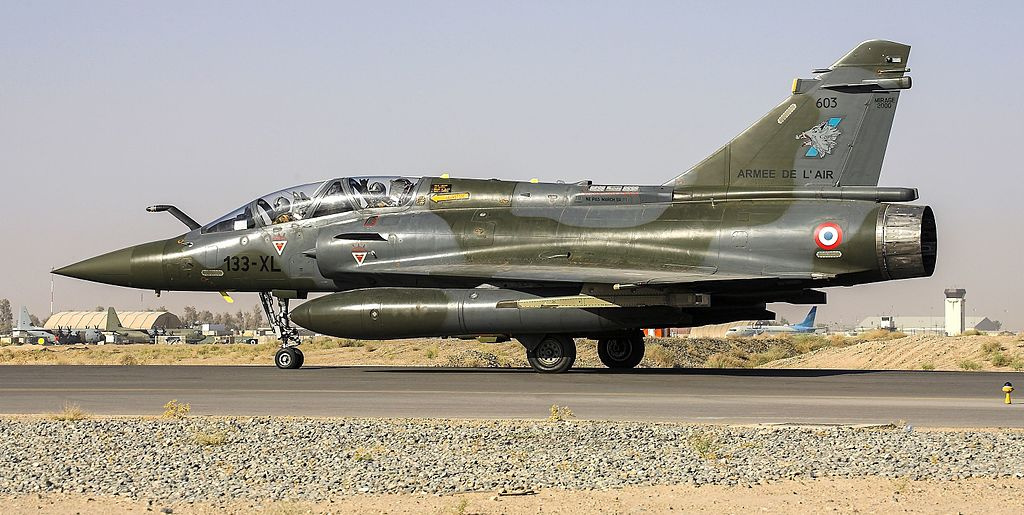By Edith M. Lederer

U.S. Ambassador Nikki Haley said Tuesday the Trump administration believes China is using "back channel networking" with North Korea to try and get Kim Jong Un to stop nuclear and ballistic missile testing.
"We believe they are being productive," she told reporters.
"We do think they're trying to counter what is happening now."
Haley said China knows North Korea best "and so we're going to keep the pressure on China, but we're going to continue to work with them in any way that they think is best."
At the same time, Haley said, the United States and China are discussing the timing of a new Security Council resolution that would toughen sanctions against North Korea in response to its latest ballistic missile launches.
Haley said China knows North Korea best "and so we're going to keep the pressure on China, but we're going to continue to work with them in any way that they think is best."
At the same time, Haley said, the United States and China are discussing the timing of a new Security Council resolution that would toughen sanctions against North Korea in response to its latest ballistic missile launches.
The latest launch on Monday was the third in three weeks.
Beijing has significant influence over North Korea, 90 percent of whose trade is with China.
But China's U.N. ambassador, Liu Jieyi, made clear last week that Beijing's top priority is to restart talks with North Korea following its multiple tests to try to reduce tensions rather than impose new sanctions.
Beijing has significant influence over North Korea, 90 percent of whose trade is with China.
But China's U.N. ambassador, Liu Jieyi, made clear last week that Beijing's top priority is to restart talks with North Korea following its multiple tests to try to reduce tensions rather than impose new sanctions.
He stressed that all progress with Pyongyang on eliminating nuclear weapons from the Korean peninsula has come through dialogue.
Haley said Washington and Beijing are trying to decide the best way to approach North Korea.
"I don't think it's backpedaling as much as nothing is changing North Korea's actions," she said.
Haley said Washington and Beijing are trying to decide the best way to approach North Korea.
"I don't think it's backpedaling as much as nothing is changing North Korea's actions," she said.
"If this is going to happen every other day, how should we respond in a way that we actually stop these things, or slow it down?"
"I think we're having those conversations this week, and I hope that we can come up with a final solution," Haley added.
Earlier this month, she said Beijing was not engaging on a new resolution, but she told reporters Tuesday that she has heard from the Chinese and the discussions now are about "at what point do we do the resolution."
The Security Council has imposed six rounds of increasingly tough sanctions on North Korea.
Pyongyang's reaction has been defiance and stepped up testing to improve its nuclear arsenal and achieve its goal of being able to launch an intercontinental ballistic missile with a nuclear warhead capable of reaching the United States.
North Korea's deputy U.N. ambassador, Kim In Ryong, told U.N. correspondents on May 19 that his government will rapidly strengthen its nuclear strike capability as long as the United States maintains its "hostile policy" toward the country.
He said that if the Trump administration wants peace on the Korean peninsula it should replace the armistice agreement that ended the 1950-53 Korean War with a peace accord and halt its anti-North Korea policy, which he called "the root cause of all problems."
The Trump administration has said there should be no talks until North Korea takes steps toward getting rid of its nuclear arsenal.
"I think we're having those conversations this week, and I hope that we can come up with a final solution," Haley added.
Earlier this month, she said Beijing was not engaging on a new resolution, but she told reporters Tuesday that she has heard from the Chinese and the discussions now are about "at what point do we do the resolution."
The Security Council has imposed six rounds of increasingly tough sanctions on North Korea.
Pyongyang's reaction has been defiance and stepped up testing to improve its nuclear arsenal and achieve its goal of being able to launch an intercontinental ballistic missile with a nuclear warhead capable of reaching the United States.
North Korea's deputy U.N. ambassador, Kim In Ryong, told U.N. correspondents on May 19 that his government will rapidly strengthen its nuclear strike capability as long as the United States maintains its "hostile policy" toward the country.
He said that if the Trump administration wants peace on the Korean peninsula it should replace the armistice agreement that ended the 1950-53 Korean War with a peace accord and halt its anti-North Korea policy, which he called "the root cause of all problems."
The Trump administration has said there should be no talks until North Korea takes steps toward getting rid of its nuclear arsenal.



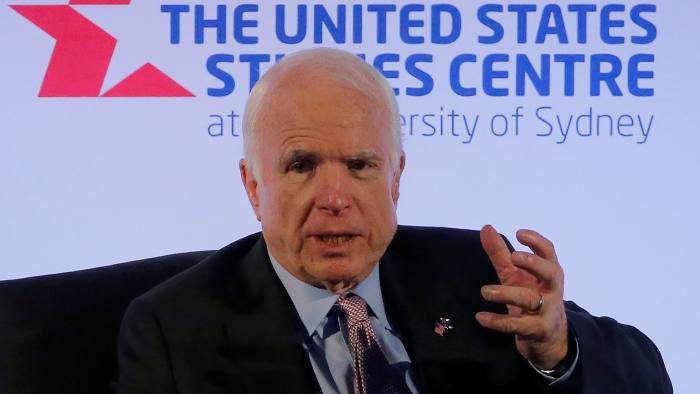








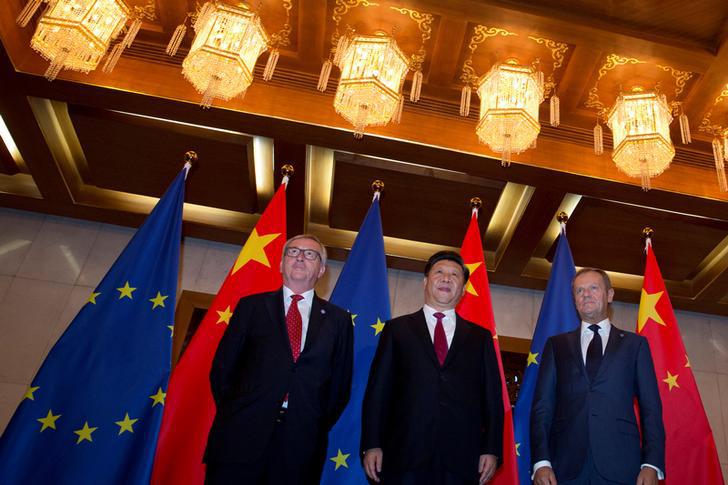

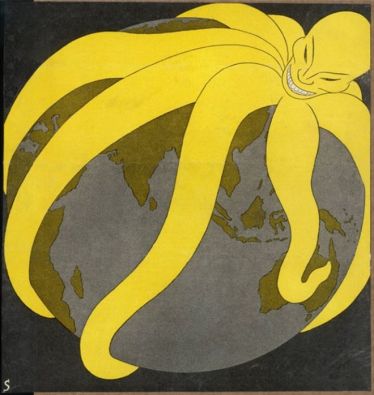



 A
A 
